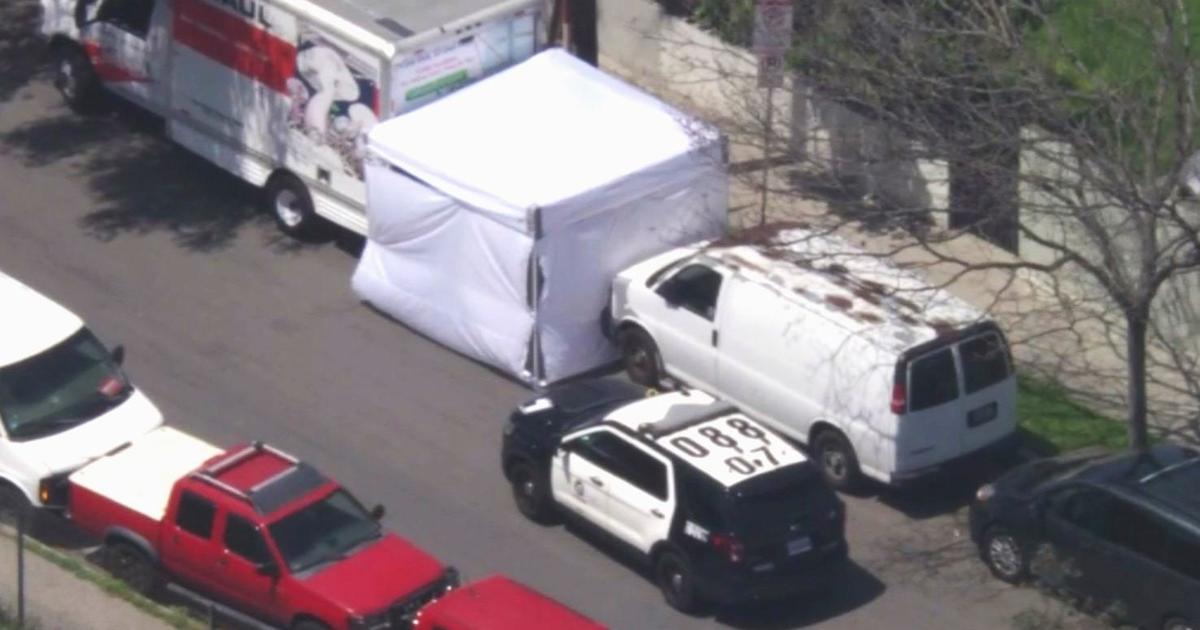Calif. State Regulators Increase Power Capacity To Combat Blackout Risk
LOS ANGELES (CBSLA/AP) — After several rolling blackouts last year due to extreme heat, California state energy regulators say they have increased their power capacity in an effort to avoid blackouts again this year.
The California Independent Systems Operator (Cal ISO) -- the independent, nonprofit agency which oversees the state's power grid -- has acquired an additional 3,500 megawatts of capacity ahead of a likely scorching summer that threatens to increase demand beyond what the grid can handle. That includes an additional 2,000 megawatts of batteries designed to store energy generated from renewable sources — like solar — that stop working when it gets dark.
In general, one megawatt of energy is enough to power hundreds of homes, depending on how it is generated.
"Does that mean we are in the clear? Not necessarily," Elliot Mainzer, president and CEO of the California Independent Systems Operator, told state lawmakers during an oversight hearing Tuesday. "The most significant risk factor for grid reliability remains extreme heat, particularly heat that spreads across the wider western United States. And it continues to get hotter every year."
Beginning last August and lasting through October, there were several heat waves in California which sparked rolling blackouts because of an energy shortage for the first time since 2001. The heatwaves helped contribute to the spread of a historic number of wildfires up and down the state which destroyed thousands of homes and forced tens of thousands of people to evacuate.
Cal ISO issued multiple Flex Alerts last August, September and October. Flex Alerts are issued when temperatures are expected to be so high that they prompt a subsequent increase in energy use that could potentially stress the power grid, causing outages or forcing rolling blackouts. Flex Alerts are designed to prevent that stress by asking residents to voluntarily conserve energy during the hottest and highest usage periods of the day.
Along with the rolling blackouts, utility companies also enacted several precautionary power shutoffs in an effort to mitigate the risk of wildfires.
Southern California Edison notified California state regulators that its equipment may have been to blame for sparking the Silverado Fire, which broke out east of Irvine in late October, burning 13,400 acres and forcing more than 90,000 to evacuate their homes.
Also in October, Ventura County fire investigators reported that the Easy and Maria fires, which broke out in October of 2019, were both caused by electrical equipment failures. In the Easy Fire, SCE equipment was to blame, officials said.
In November of 2019, while the Easy and Maria fires were still burning, SCE reached a $360 million settlement admitting that its equipment was also responsible for starting the 2017 Thomas Fire and the 2018 Woolsey Fire.
California's plan to survive the summer includes buying power from places "that are not clean resources," Marybel Batjer, president of the California Public Utilities Commission, told lawmakers on Tuesday. She did not say what those sources were, but she said regulators chose to buy them because they wanted to do everything they could to prevent blackouts this summer out of "health and safety concerns."
"I want to be clear that our planning and implementation of our clean energy future progresses forward and will only accelerate in the months and years to come," Batjer said.
(© Copyright 2021 CBS Broadcasting Inc. All Rights Reserved. The Associated Press contributed to this report.)



